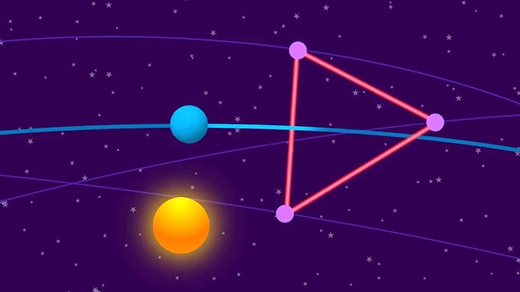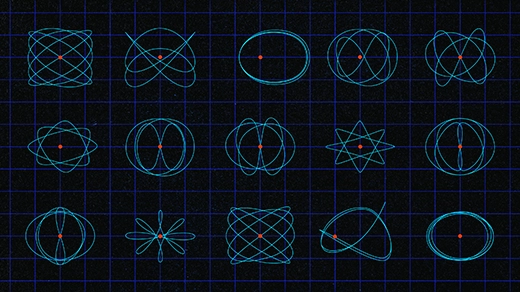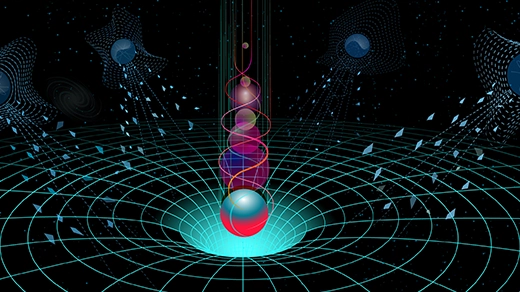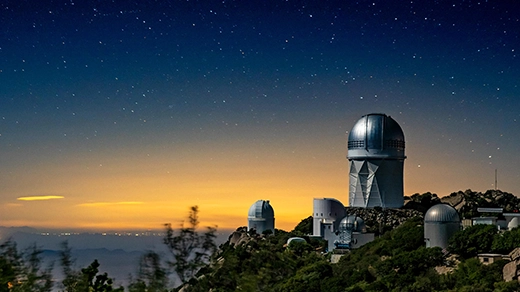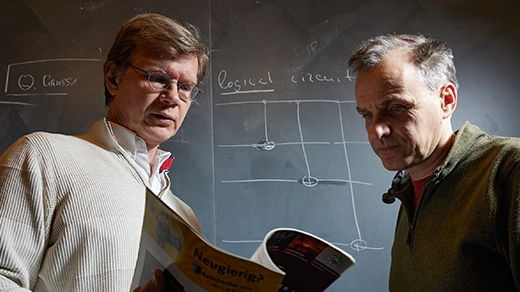What's up in
Physics
Latest Articles
How a NASA Probe Solved a Scorching Solar Mystery
The outer layers of the sun’s atmosphere are a blistering million degrees hotter than its surface. The hidden culprit? Magnetic activity.
AI Starts to Sift Through String Theory’s Near-Endless Possibilities
Using machine learning, string theorists are finally showing how microscopic configurations of extra dimensions translate into sets of elementary particles — though not yet those of our universe.
Hopes of Big Bang Discoveries Ride on a Future Spacecraft
Physicists and cosmologists will have a new probe of primordial processes when Europe launches the Laser Interferometer Space Antenna (LISA) next decade.
Geometers Engineer New Tools to Wrangle Spacecraft Orbits
Mathematicians think abstract tools from a field called symplectic geometry might help with planning missions to far-off moons and planets.
Can Information Escape a Black Hole?
Black holes are inescapable traps for most of what falls into them — but there can be exceptions. The theoretical physicist Leonard Susskind speaks with co-host Janna Levin about the black hole information paradox and how it has propelled modern physics.
How the Ancient Art of Eclipse Prediction Became an Exact Science
The timing of the total eclipse on April 8, 2024, will be known to within a second, thousands of years after fearful humans first started trying to anticipate these cosmic events.
Dark Energy May Be Weakening, Major Astrophysics Study Finds
A generation of physicists has referred to the dark energy that permeates the universe as “the cosmological constant.” Now the largest map of the cosmos to date hints that this mysterious energy has been changing over billions of years.
The Best Qubits for Quantum Computing Might Just Be Atoms
In the search for the most scalable hardware to use for quantum computers, qubits made of individual atoms are having a breakout moment.
Doubts Grow About the Biosignature Approach to Alien-Hunting
Recent controversies bode ill for the effort to detect life on other planets by analyzing the gases in their atmospheres.


